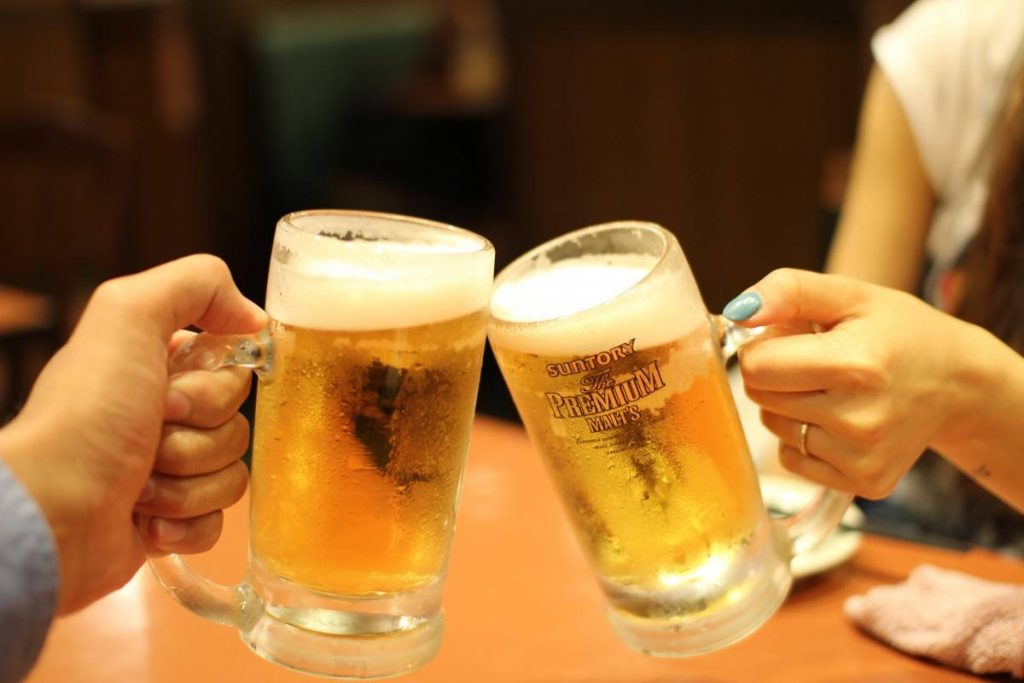This is the science behind this popular drink

What is today? World beer dayNow is the time to talk about this popular drink.
Like many of the foods and drinks we consume, there is a production process that involves physical and chemical processes.
In the case of beer, these microorganisms favor the processes that favor its fermentation, in a similar way to the production of cheese and bread.
So let’s review some of the science that makes beer possible.

Beer production history
Beer is considered one of the oldest alcoholic beverages, in addition to being the most popular today: its consumption lags behind only water and tea.
We know that this drink has a long history, as there are references to its production in Hammurabi Code: One of the oldest written collections of laws.
Archaeological evidence of the millennium production of beer has also been found.
It is believed that its production may have occurred accidentally first: a mixture of barley and water began to ferment due to the presence of microorganisms in the environment, and then someone tasted it and decided that it was very good.
Current beer production involves combining ground barley with water, to which hops flowers are added, which thickens the beer foam and reflects the bitter taste of the barley.
An infusion is made from this mixture: it is boiled so that the substances contained in the plants pass into the water, as soon as it cools down, the fermentation process begins.

Biology and beer
One of the reasons beer has been a popular drink for thousands of years has to do with its alcohol content, of course, but also because it was a safe way to hydrate.
That’s right, the way it is produced, whether in boiling or fermentation, makes it very difficult to find pathogenic microorganisms in it.
But we can find other types of microorganisms: what we call “Brewer’s yeast” It is a type of microscopic fungi yeast yeast.
This unicellular mushroom feeds on carbohydrates such as glucose or sucrose. When there is a very high concentration of these sugars it is the biochemical process that we call alcoholic fermentation;
Thus, in the fermentation step, yeast is added to produce alcohol as well as carbon dioxide: what makes up the bubbles that this drink contains.

Its chemical compounds
In this fermentation process, without a doubt, the two main products are alcohol and carbon dioxide.
But in all beer production processes, other chemical compounds are combined and formed, which are responsible for Taste, aroma and color of beer.
Some of these come from hops, and some, like lobolone, are formed in fermentation and contribute to the bitter taste of beer.
The moment of adding yeast causes the formation of various types of esters: organic compounds with a fruity aroma, such as Ethyl HexanoateWhich smells like apples.
In addition to water, alcohol and carbon dioxide in the foam, even 800 different chemical compounds in this drink.
So, regardless of whether you like it or not, today is a good day to thank science for beer. health!

“Future teen idol. Hardcore twitter trailblazer. Infuriatingly humble travel evangelist.”




:quality(85)/cloudfront-us-east-1.images.arcpublishing.com/infobae/BNGH73UCKQAZSQPCODUWO2BE5Y.jpg)





